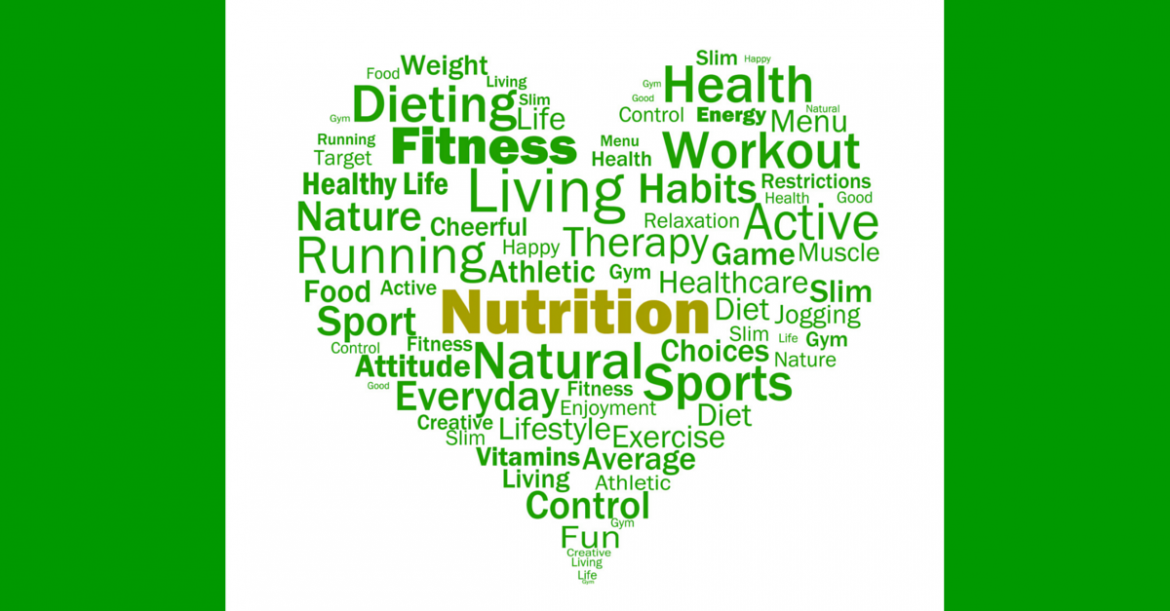With the coming of the new year, comes healthy eating and exercise plans, and let’s be honest, kick-starting your ‘healthy eating plan’ is more than just stocking your fridge with fruits and vegetables. Maintaining a healthy diet is alot like assembling IKEA furniture, you must understand how everything works to build your final product. So to help you kick-start your healthy new year, Eco18 has put together a guide on the most commonly used nutritional and dietary terms. Enjoy!
Antioxidants – A substance that inhibits oxidation. Antioxidants are nutrients and enzymes that help to prevent the development of chronic disease such as cancer. For example, Selenium and Vitamin A.
B MI (Body Mass Index) – A metric used to estimate the amount of body fat someone has.
Carbohydrates – Molecules made up of carbon, hydrogen and oxygen. They include starches, fiber and sugar and are the body’s main source of energy and the first energy the body uses.
Calories – A unit of energy that refers to how much energy is consumed through eating, drinking and energy usage through physical activity.
Diabetes – A lifelong (chronic) disease in which there are high levels of sugar in the blood.
Enzymes – Large biological molecules, made from amino acids that are responsible for the thousands of metabolic processes that sustain life, such as the digestion of food.
Fats – Essential for good health, fats help in the production of energy, building of cells, body insulation and the transport of oxygen. Fats can be saturated, polyunsaturated or monounsaturated.
Fiber – The indigestible portion of food derived from plants and waste of animals. Fiber comes has two main components, soluble which dissolves in water and insoluble which does not. Fiber is good for the body in many ways, for example, it keeps your digestive system healthy and regular.
Glucose – A sugar that is an important energy source and a component of many carbohydrates. Cells use it as a secondary source of energy and a metabolic intermediate. Common sources of glucose include fruit, pasta, cereals and bread.
Glycemix Index – Provides a measure of how quickly blood sugar levels (i.e., levels of glucose in the blood) rise after eating a particular type of food.
Insulin – A hormone produced by beta cells of the pancreas, and is central to regulating carbohydrate and fat metabolism in the body. It causes cells in the liver, skeletal muscles, and fat tissue to absorb glucose from the blood.
Lactose – A sugar derived that is found in milk. Lactose makes up around 0-8% of milk (by weight), although the amount varies among species and individuals. It is extracted from sweet or sour whey.
Metabolism – The processing of a specific substance within the living body.
Minerals – A natural occurring substance that can boost your immune system and support growth, for example, calcium.
Nutrients – A chemical that an organism needs to live and grow, or a substance used in an organism’s metabolism, which must be taken in from its environment. Nutrients are used to build and repair tissues, regulate body processes and are converted to and used as energy.
Obesity – A medical condition in which excess body fat has accumulated to the extent that it may have an adverse effect on health, leading to reduced life expectancy and/or increased health problems.
Omega Fatty Acids – Refers to a group of three fats called ALA (found in plant oils),EPA, and DHA (both commonly found in marine oils), all are vital for normal metabolism.
Prebiotics – Non-digestible food ingredients that stimulate the growth and/or activity of bacteria in the digestive system in ways claimed to be beneficial to health.
Probiotics – Micro-organisms that have claimed health benefits when consumed. Probiotics are commonly consumed as part of fermented foods with specially added active live cultures, such as in yogurt, soy yogurt, or as dietary supplements.
Proteins – Proteins are essential nutrients for the human body. They are one of the building blocks of body tissue and can also serve as a fuel source.
Saturated Fat – Derived from animal products and consist of saturated fatty acids. Examples include animal fats such as cream, cheese, butter and fatty meats.
Unsaturated Fat – Is a fat or fatty acid that is derived from vegetables and plants. Examples include avocado, nuts and vegetable oils.
Vitamins – An organic compound vital for growth and nutrition. For example, Vitamin D is found in milk and helps with bone strength.
 Food
Food Farmers
Farmers Sustainable Living
Sustainable Living Living Planet
Living Planet News
News